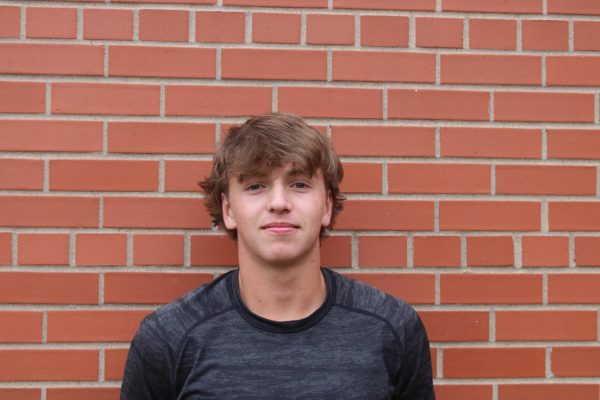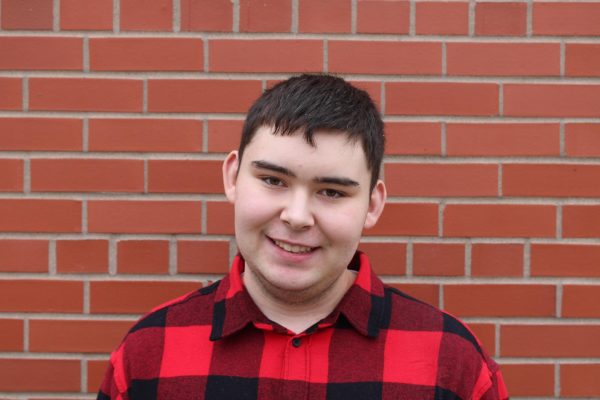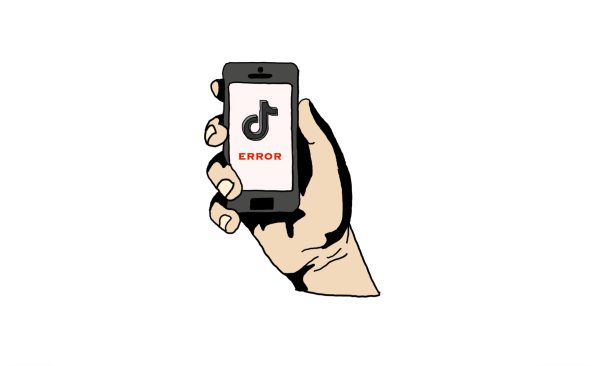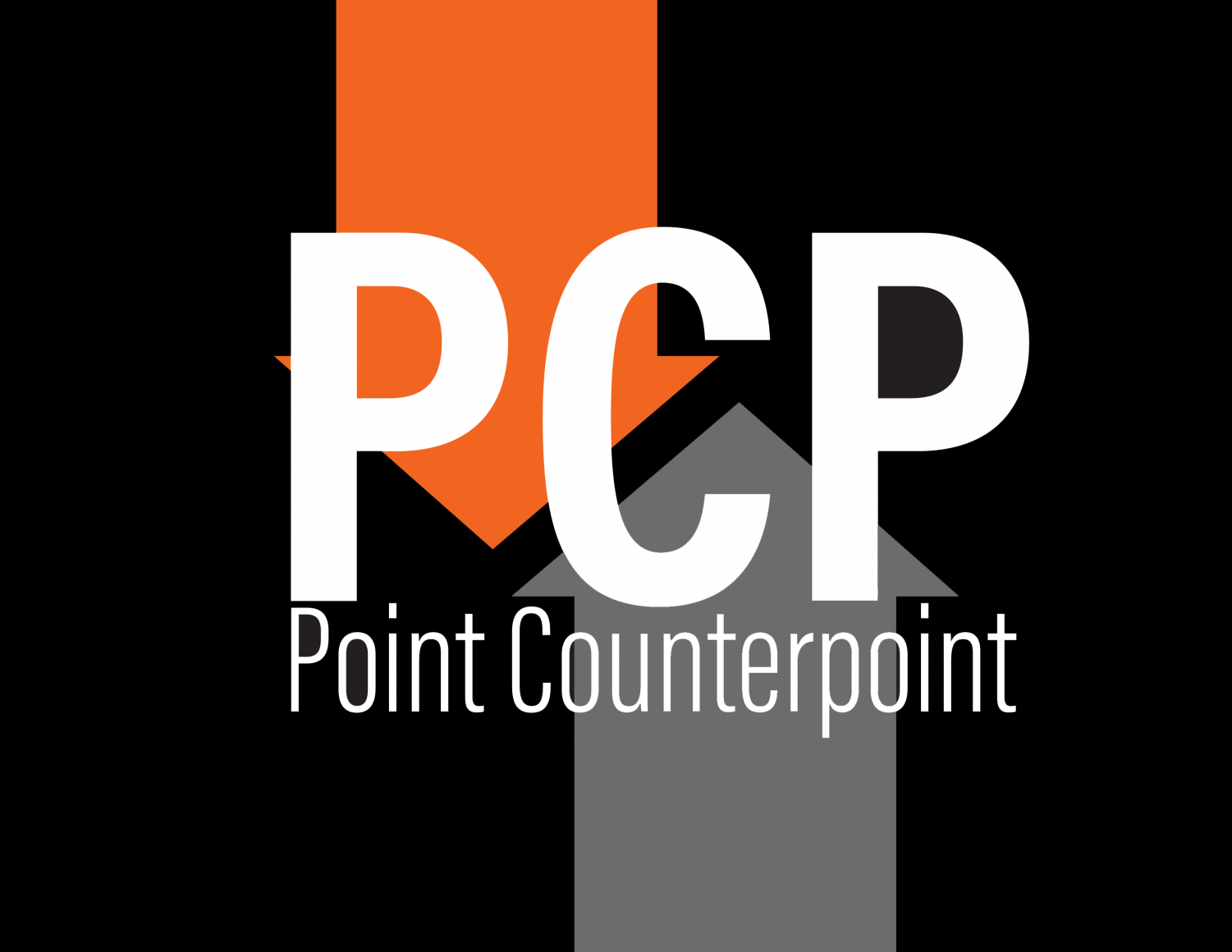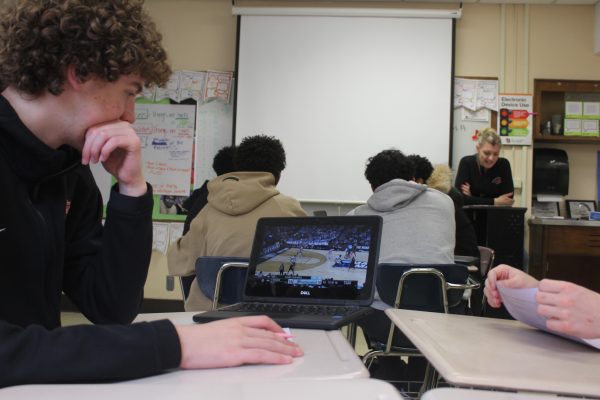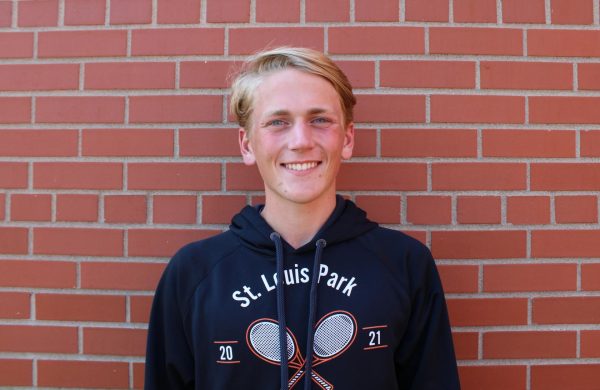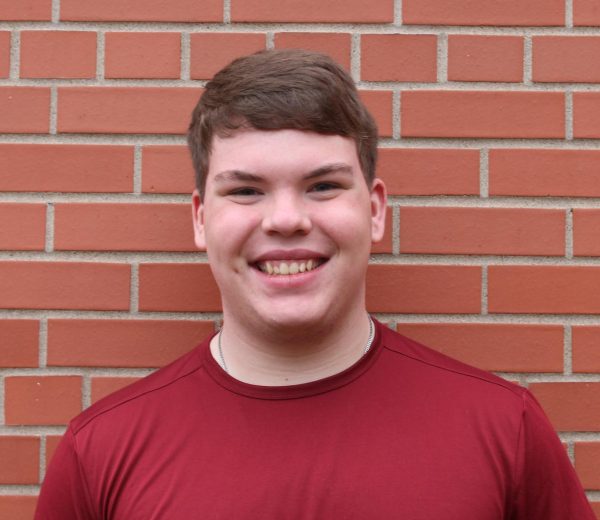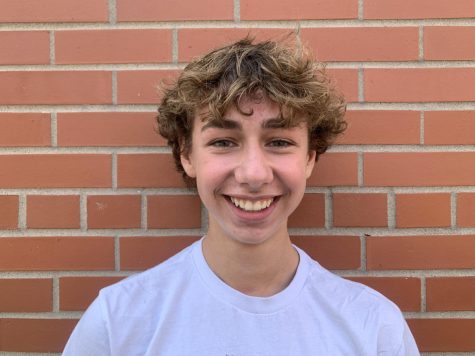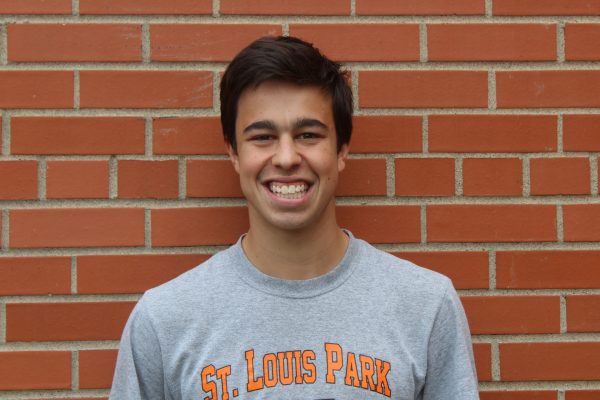Connect The Park faces undeserved opposition
Criticism around St. Louis Park infrastructure program lacks reason
May 10, 2016
Recent controversy surrounding the narrowing of city streets, a byproduct of St. Louis Park’s Connect The Park program, feels like certain citizens’ knee-jerk reaction to a sensible project.
The program’s goals, outlined on the city’s website, are to fix St. Louis Park’s inconsistent sidewalk network and create a pedestrian-friendly system of infrastructure. The sidewalks throughout the city, which can sometimes be seen as an afterthought, actually play a crucial role in the safety of bikers, runners and those without other forms of transportation.
Some St. Louis Park residents have raised concern with the project because the addition of sidewalks will encroach on their yards and decrease street width. Many complaints are being voiced about 33rd Street and 34th Street, which both measure 36 feet in width and run near the Aquila neighborhood. Respectively, 33rd and 34th Streets will be narrowed to 30 and 28 feet.
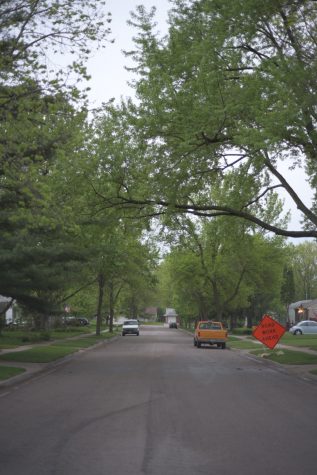
33rd Street, one of the streets subject to construction under Connect The Park, will be narrowed to 30 feet.
At first glance, a difference of 8 feet seems to be a large change, but according to city project engineer Aaron Wiesen, streets in the Aquila neighborhood already average 28 to 30 feet in width. Concerns of streets becoming too narrow have very little evidence as they’ll only correspond with the neighborhood average once they’re downsized.
City sidewalks and bike paths also give pedestrians a safe alternative to the street. Although the size of yards may decrease, the safety of a biker or runner will easily improve if they use alternatives to sharing the road with drivers. According to a 2012 U.S. Department of Transportation study, approximately 4,743 people were killed by motor vehicles in 2012. The same study claims 70 percent of those deaths occurred away from intersections. This statistic shows the dire need for an alternative to walking or biking on streets.
The shrinking of city streets also reduces the level of hard surface, which will benefit the environment. More hard surface creates a heat island, an area hotter than its surroundings, which occurs often in urban areas. According to a 2014 U.S. Department of Energy study, a high intensity of urban heat islands correlates with increased concentrations of air pollutants at night, affecting air quality for the next day. While sidewalks are a hard surface, the addition of medians filled with grass will decrease the overall size of hard surfaces. The reduction of hard surface not only makes sense when looking at St. Louis Park’s street averages, but also carries environmental benefits.
Connect The Park will be implemented throughout the next 10 years, so concerns of higher construction rates aren’t justified given the project’s timeline. The initiative to fix St. Louis Park’s somewhat hectic sidewalk system not only makes sense statistically, but could also benefit the city’s environment and keep families safe when traveling by foot or bike.




